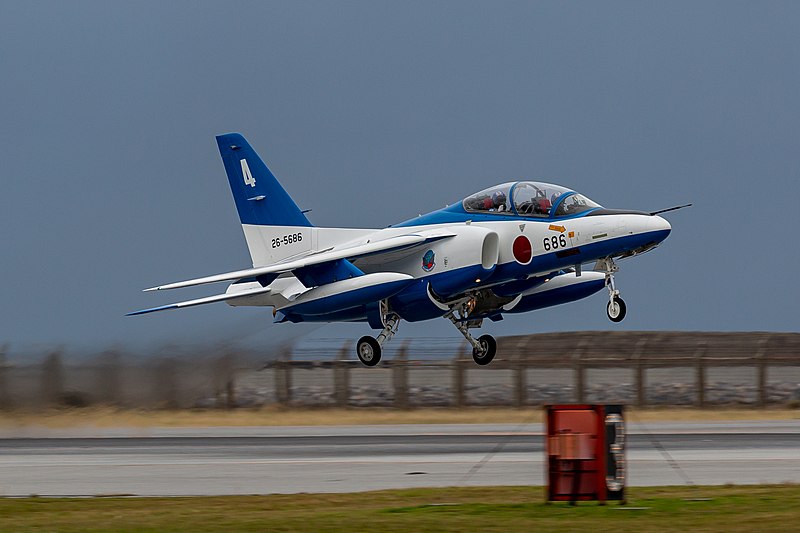
Picture: Balon Greyjoy | Wikimedia Commons
Maximum Takeoff Weight (MTOW) [also referred to as Maximum Takeoff Mass (MTOM)] is defined as, “The maximum gross weight due to design or operational limitations at which an aircraft is permitted to take off”, establishes a limit that an aircraft can takeoff with.
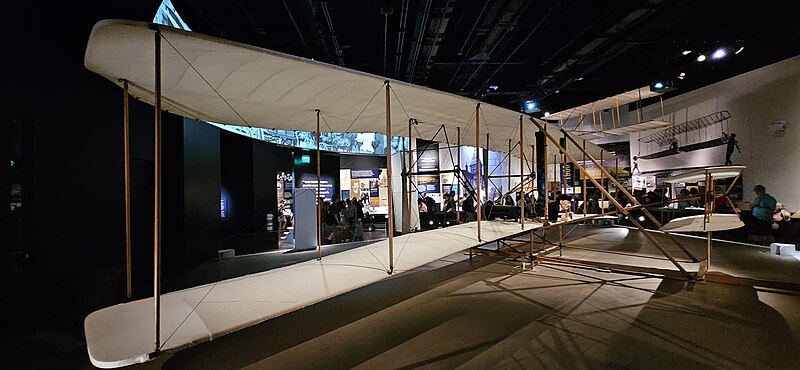
Picture: Aviation poseidon | Wikimedia Commons
The Wright Flyer also known as the 1903 Flyer had an empty weight of about 605 pounds, suggesting that its MTOW must have been considerably lower than the larger aircraft that are a part of commercial operations today.
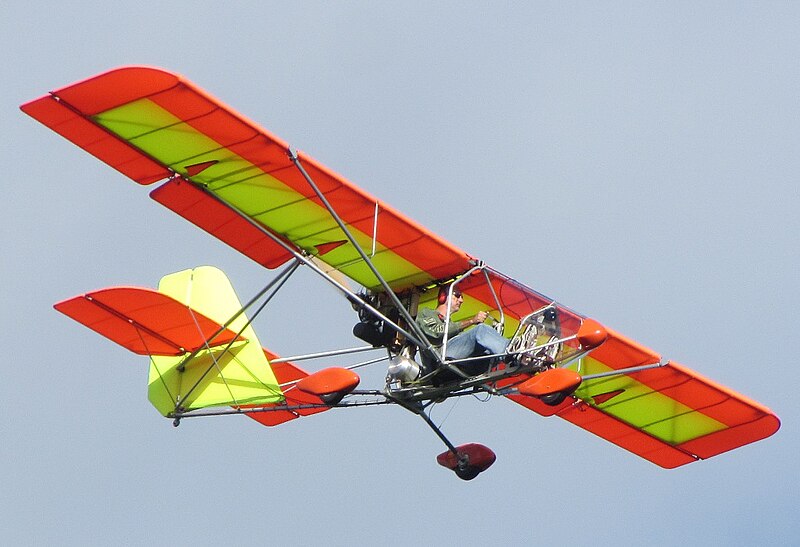
Picture: FlugKerl2 | Wikimedia Commons
Ultralight or microlight aircraft such as aerolite 103, Quicksilver MX II, and Pipistrel Alpha Trainer used for recreational flying have the lowest MTOW. They have a low takeoff weight of 330 pounds or even lower.
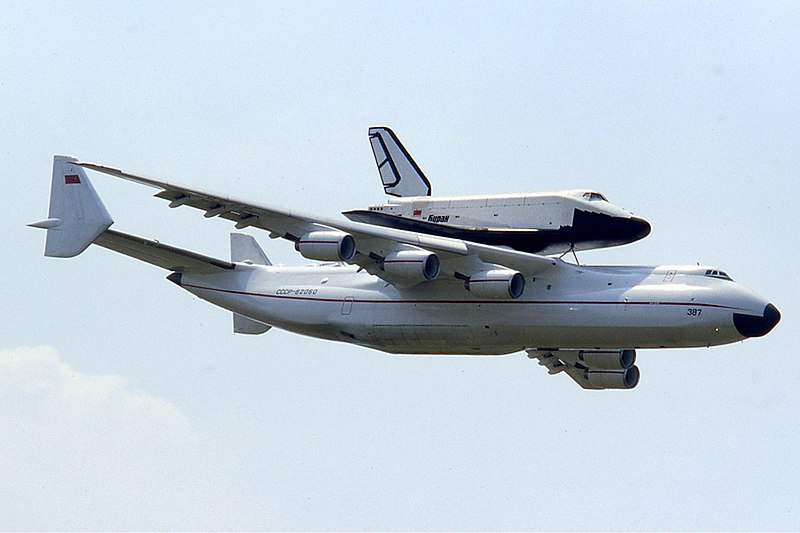
Picture: Ralf Manteufel | Wikimedia Commons
Antonov An-225 Mriya, a Ukrainian cargo aircraft with the highest MTOW up to date. It has MTOW OF 1,410,958 pounds. It started its service in 1988 until it was destroyed in 2022. The An-225 was one of the most beautiful aircraft lost in Ukraine-Russia war.
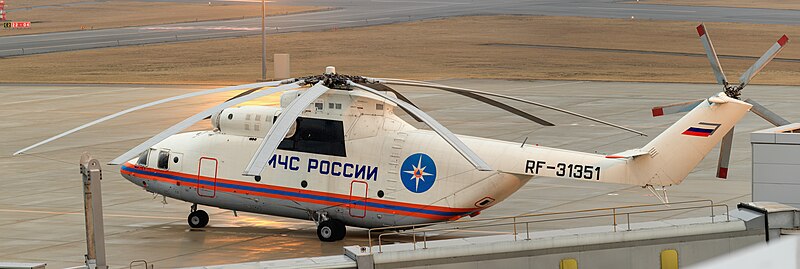
Picture: Cp9asngf | Wikimedia Commons
The helicopter with the highest MTOW up to date is the Mil Mi-26 with MTOW of 123,458 pounds. The Mil Mi-26 is the most powerful and largest helicopter ever made. Mil Mi-17s operate in the airport that is dubbed to be the most dangerous in the world – Hillary (Lukla) Airport.

Picture: NTSB | Wikimedia Commons
The crash of Air Midwest Flight 5481 took place as “the aircraft had an excessive aft center of gravity due to substantially inaccurate weight and balance calculations“, showing how improper weight considerations like that of MTOW can lead to fatalities – 21 in this case.
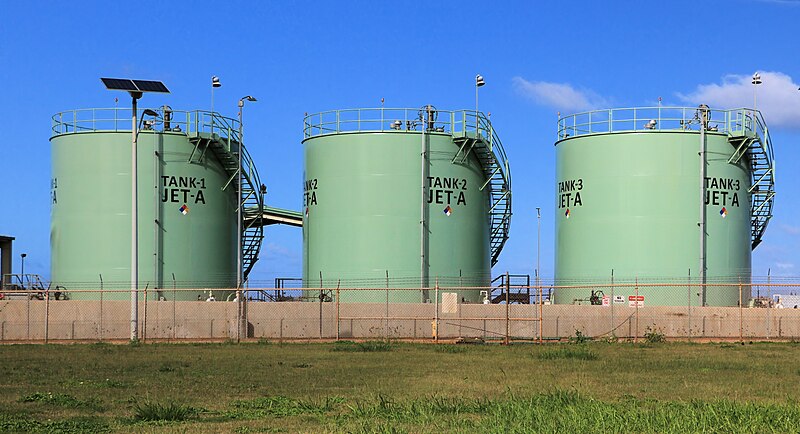
The MTOW of aircraft can differ depending on their size, types and purpose with several factors such as runway length, weather conditions, fuel capacity, structural limits, etc. causing variation in aircrafts.
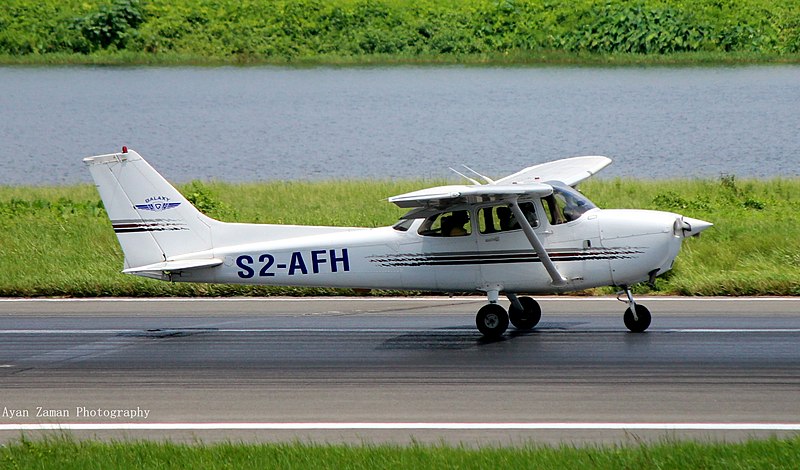
Picture: Md Shaifuzzaman | Wikimedia Commons
Light aircraft such as Cessna 172, American Champion Citabria, and Tecnam P2012 have relatively lower MTOWs of around 1600 to 8500 pounds.

Picture: Airman 1st Class Matthew Seefeldt | Wikimedia Commons
Other aircraft like the biggest commercial planes ever built (such as the Airbus A380) and military aircraft require more MTOW because a large number of passengers and cargo need to board it.
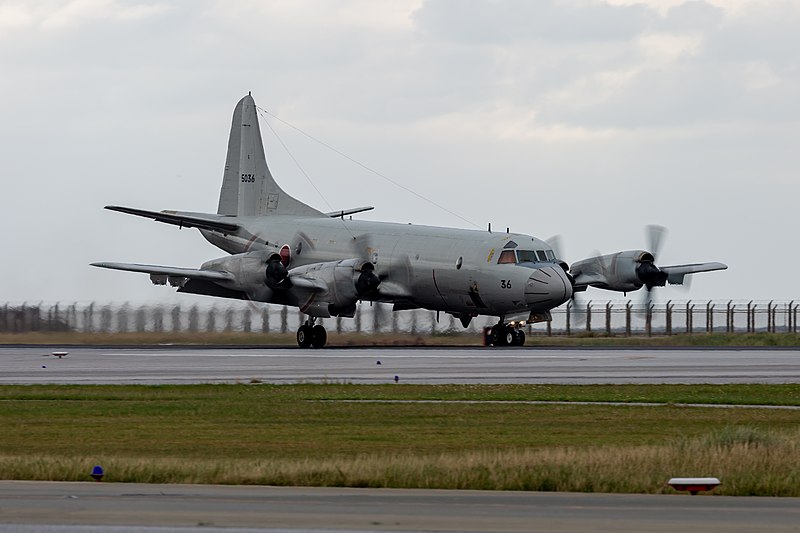
Picture: Balon Greyjoy | Wikimedia Commons
If MTOW is the maximum weight an aircraft is viable to be while taking off, MLW is the maximum weight an aircraft can be while landing. Unlike MTOW where every factor contributing to an aircraft’s weight is included, MZFW (MZFW is the maximum weight of an aircraft excluding its usable fuel) doesn’t include the fuel of an aircraft as the fuel can vary during flights.
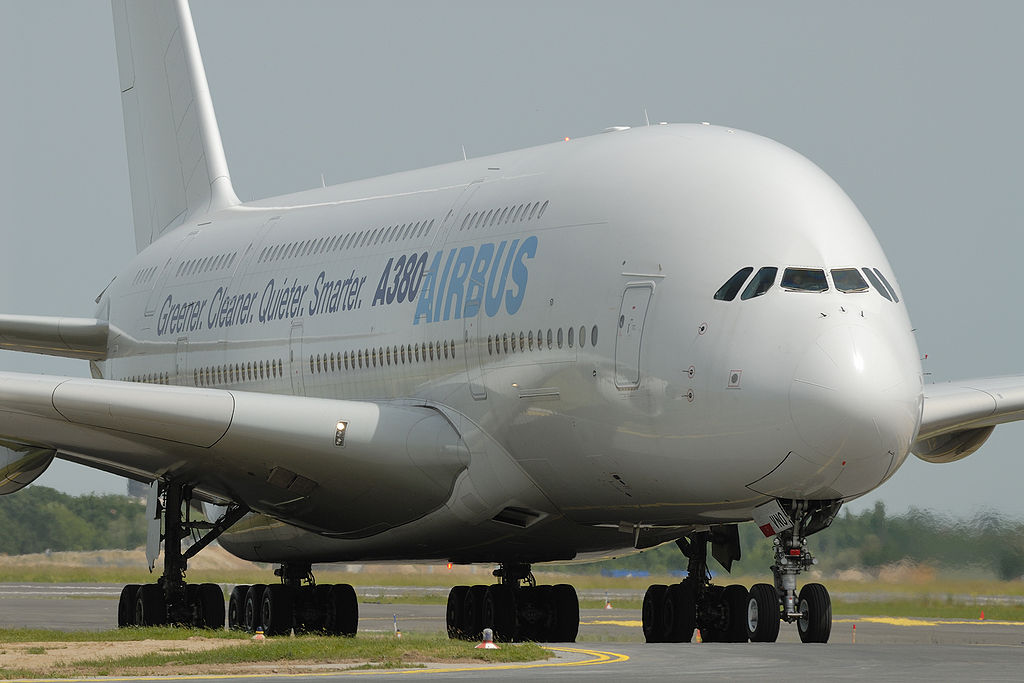
Photo: Jochen Teufel | Wikimedia Commons
MFW is the maximum weight of fuel that can be carried by an aircraft. MFW allows an aircraft to determine how far an aircraft will be able to fly. Also, during landing, aircrafts dump fuel out (especially in emergency landings) in order to reduce the aircraft’s weight and allow a safer landing.
